A & P 314 Lab Exam 1 Quiz 1
1/38
Name | Mastery | Learn | Test | Matching | Spaced |
|---|
No study sessions yet.
39 Terms

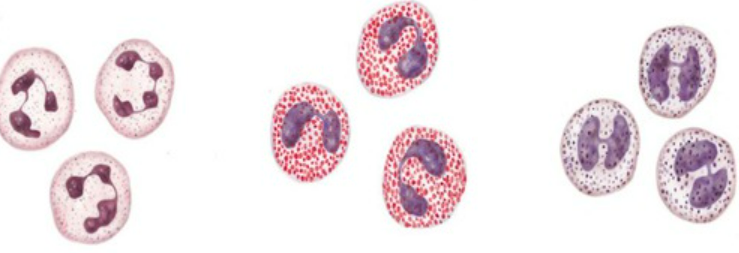
Granulocyte
(general), contain the suffix “-phil”
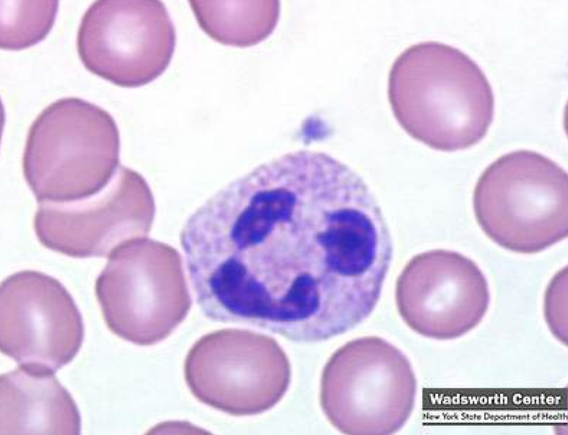
Neutrophil
3 or 4 lobed nucleus with faintly colored granules
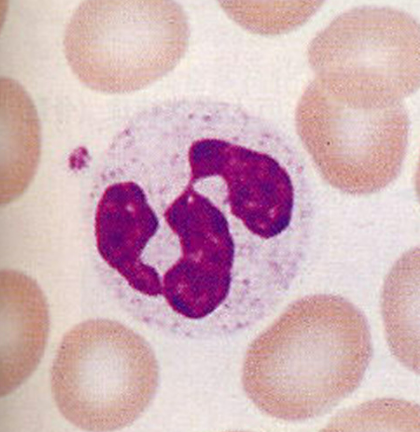
Neutrophil
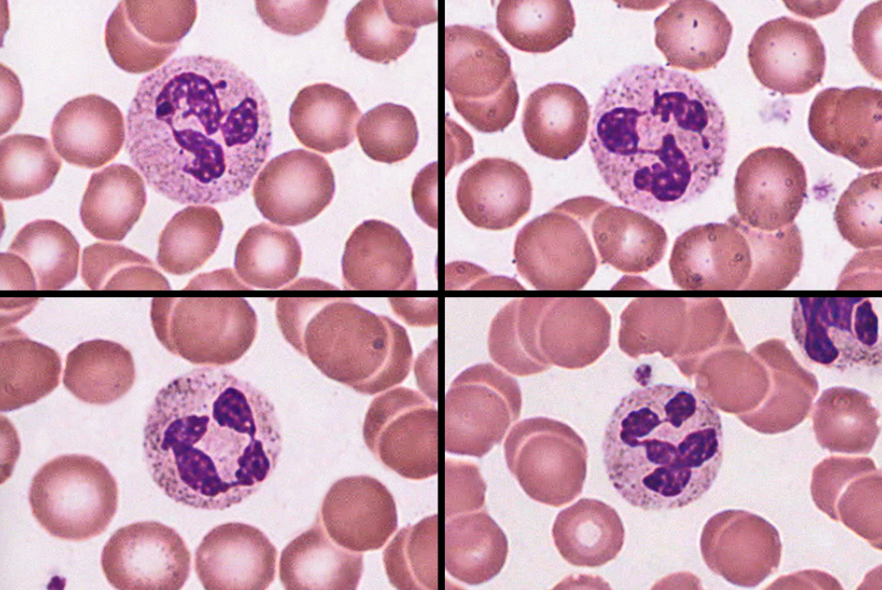
Eosinophil
bilobed nucleus with bright pink granules
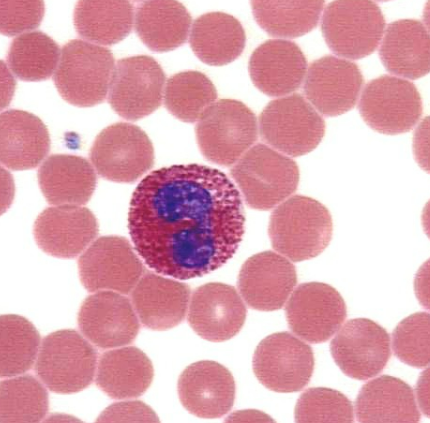
Eosinophil

Basophil
dark purple granules making nucleus and cytoplasm hard to see, same size as erythrocytes
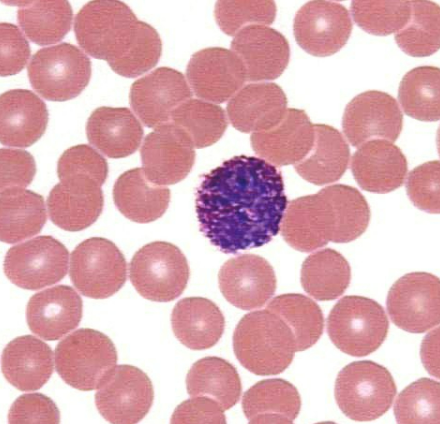
Basophil
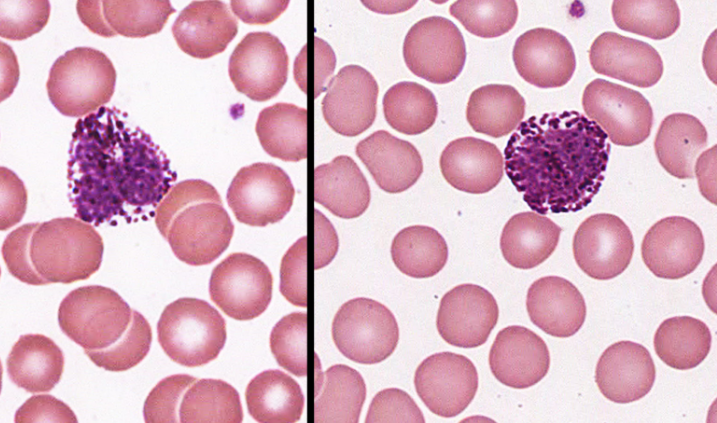
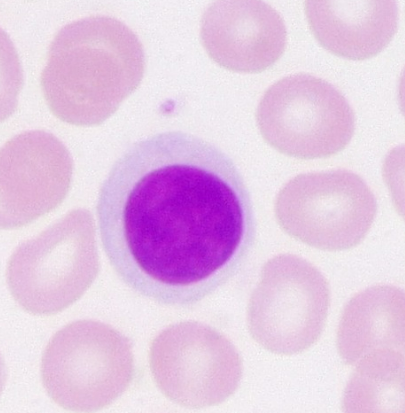
Lymphocyte
same size as erythrocytes, thin band of clear cytoplasm around a spherical nucleus

Lymphocyte
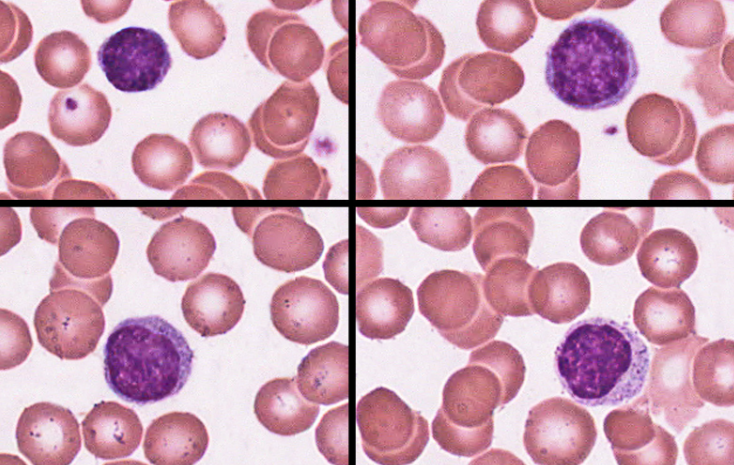
Monocyte
largest leukocyte (double erythrocyte), lots of clear cytoplasm and a c-shaped nucleus
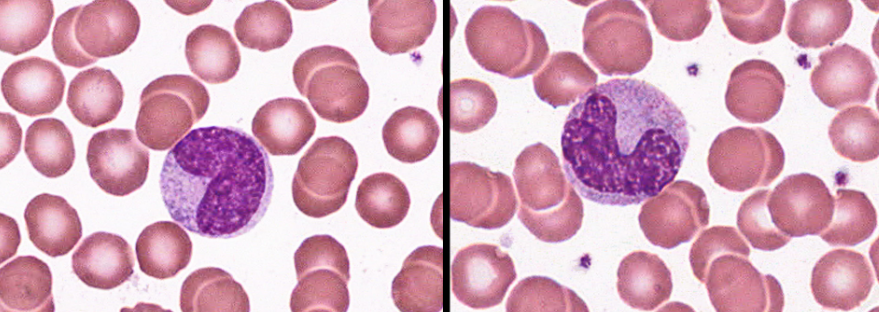
Monocyte
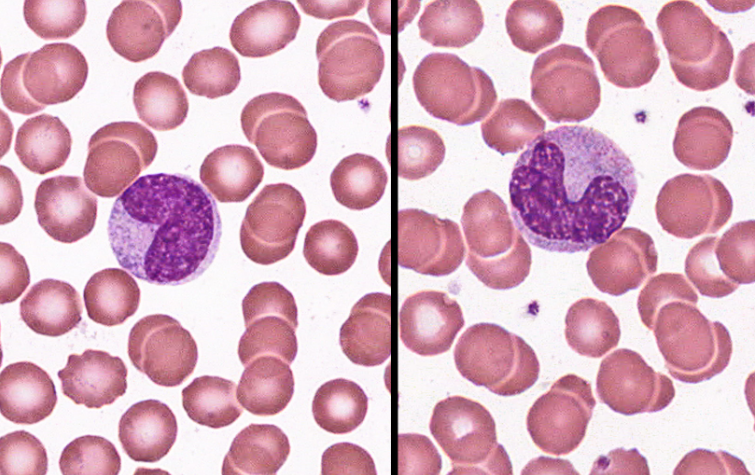
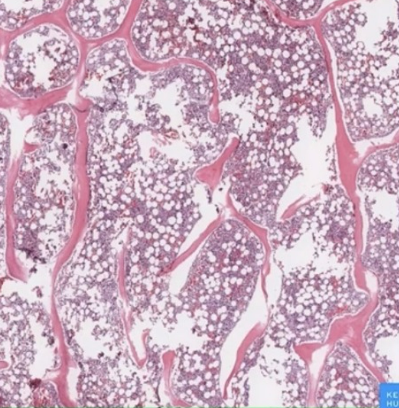
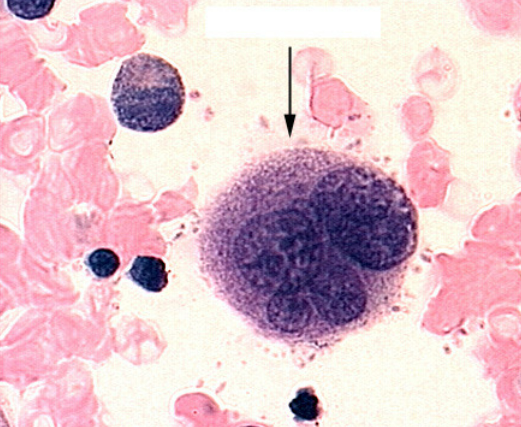
Megakaryocyte

Megakaryocyte
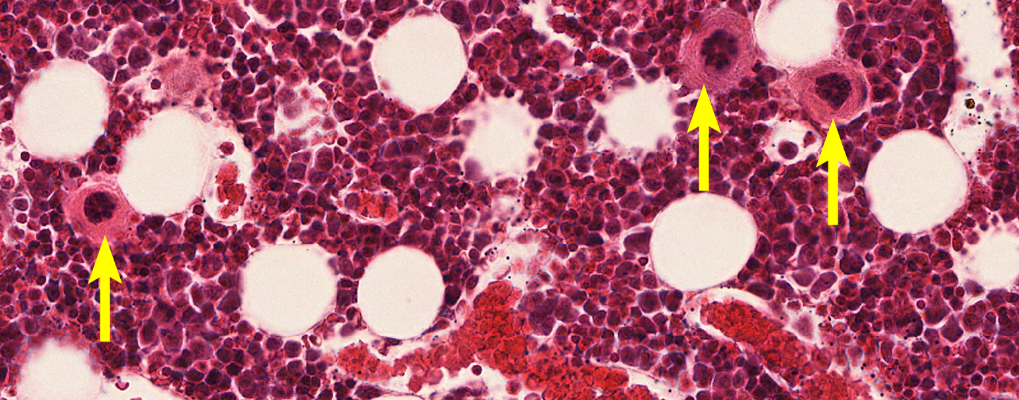

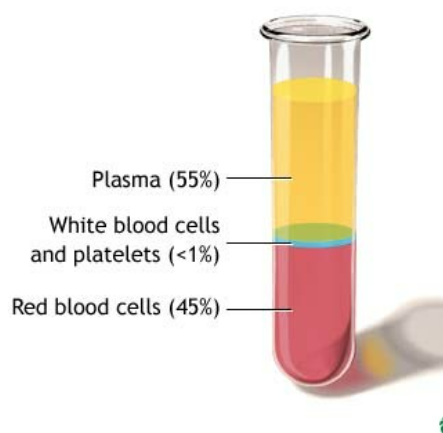
antigen
a toxin or other foreign substance which induces an immune response in the body, bonds to antibodies

clumping
the process that occurs if an antigen is mixed with its corresponding antibody
universal donor
O- because it has no antigens
universal recipient
AB+ because it already has all of the antigens

38-46% 42-54%
Hematocrit Relative values female male
formed elements
all the cells in blood
plasma
liquid portion of blood
buffy coat
leukocytes (white blood cells) in a hematocrit
polycythemia
producing too many erythrocytes elevating hematocrit
anemia
not enough healthy erythrocytes to carry enough oxygen
sickle cell anemia
abnormally shaped erythrocytes
iron deficient anemia
not enough dietary iron causing empty looking erythrocyes
anucleate
Lacking a nucleus
biconcave
Indented on two side